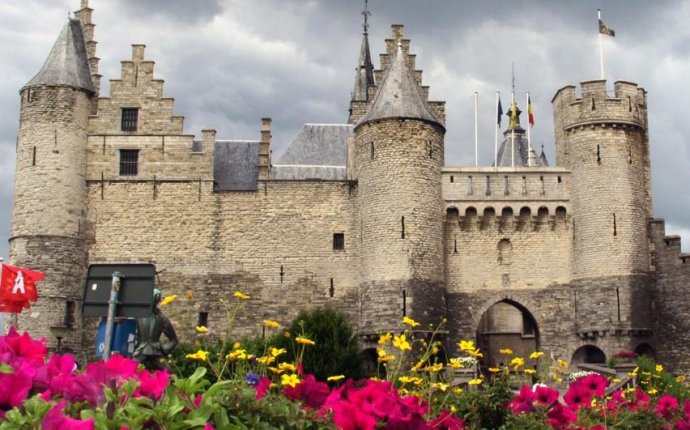
Belgium government Structure
Belgium is a constitutional monarchy based on heredity. After political reforms in the 20th century, the monarch's role is now largely ceremonial and symbolic. The monarch's main political function is to appoint the prime minister following elections or the resignation of the government. In this often-divided country, the sovereign is a unifying symbol and plays an important role. The current king, Albert II, succeeded his brother Baudouin who died in 1993.
The executive branch of the Belgian government consists of the king, prime minister and cabinet. The number of cabinet ministers is limited to 15. By an unwritten rule, there is usually a rough balance between Flemish and French-speaking ministers in the cabinet. The kingdom's parliament is bicameral (it consists of 2 chambers). The upper house is the Senate and consists of 71 members—40 of whom are elected directly by the people; the 3 linguistic communities indirectly elect the other 31. The lower house is the Chamber of Deputies and has 150 directly elected members. Representatives in both houses serve 4-year terms. Citizens are required to vote in national elections. Elections are relatively short, usually with only a month of campaigning.
There are no national parties in Belgium. Instead the political parties are divided among the major linguistic groups. As a result, governments are usually by coalition (a government composed of members of several different political parties).
As a result of the 1993 constitutional revisions, Belgium changed from a unitary government into a federal system. There are now 3 levels of government: national, regional, and linguistic community. Including the national government in Brussels, there are now 6 different authoritative bodies. Flanders has a single 124-member assembly which represents the region and Flemish-language speakers. Wallonia has 2 assemblies, one 75-member chamber for the region and a 94-member chamber for all French-speakers. Finally, the Brussels region has a 75-member body and the German-speakers have a 25-member assembly.
The government's multi-layered structure means that each governmental body has considerable freedom over their region's economic activities. The regions and communities have jurisdiction over transportation, public works, education, housing, zoning, and industrial and economic policy. Regional governments also coordinate foreign trade with the national government. Of the total government spending, 40 percent is controlled by regional and community governments. These funds are provided through a system of revenue sharing with the national government. These governments also have the ability to levy additional taxes and borrow money.
Following the economic recessions of the 1980s and 1990s, the government attempted to stimulate the economy by implementing various programs. Initially, they tried to protect declining industries by subsidizing them. For those workers that lost their jobs because of cutbacks, generous social benefits were maintained. They also tried to attract foreign businesses and capital. However, in 1994, these efforts led to a massive national debt that exceeded the kingdom's GDP by over 137 percent. In 1992, the government attempted to reduce its debt by implementing various economic policies. Unfortunately, this task proved to be quite difficult because they did not meet EMU's official requirements (which called for a debt-to-GDP ratio of 60 percent). Nevertheless, Belgium was admitted in the first round of the monetary union. Its 2000 budget projected a deficit of 1.1 percent and a reduction of the national debt so that it equaled 112 percent of the kingdom's GDP.
In order to reduce this debt, the national government implemented various strategies. First, it privatized a number of industries. Since 1993, the government has privatized 280 billion Belgian francs worth of companies, and is expanding this process. For instance, in 1997, it privatized some 35 billion francs worth of assets, but in 1998, it increased its privatization campaign to 45 billion francs. Second, it has cut government spending. Some programs have been shifted to the regional governments, while others have been scaled-back. Third, the government has reformed the tax structure. The top rate on individuals is 55 percent, but companies, including foreign corporations, pay only 39 percent. However, small companies only pay between 29 and 37 percent. There are no taxes on capital gains and taxes on interest income are 15 percent. Foreign companies are attracted to special corporate tax breaks on corporate centers, such as call centers. Still, Belgium has the third highest taxes among the OECD nations.
The government utilizes various tactics to promote certain consumer behaviors and economic activities. For example, they utilize government-guaranteed mortgage loans to encourage home construction and building. They have projects that help immigrant workers build low-income housing. They have implemented special taxes, known as ecotaxes, designed to encourage consumers to purchase environmentally friendly products. In addition, they have implemented a number of programs to enhance foreign trade and also offer companies direct subsidies . Lastly, they provide funds for participation in trade fairs and the development of market research.









